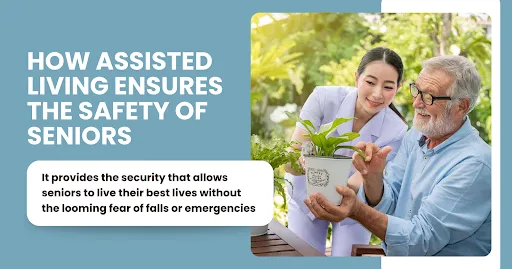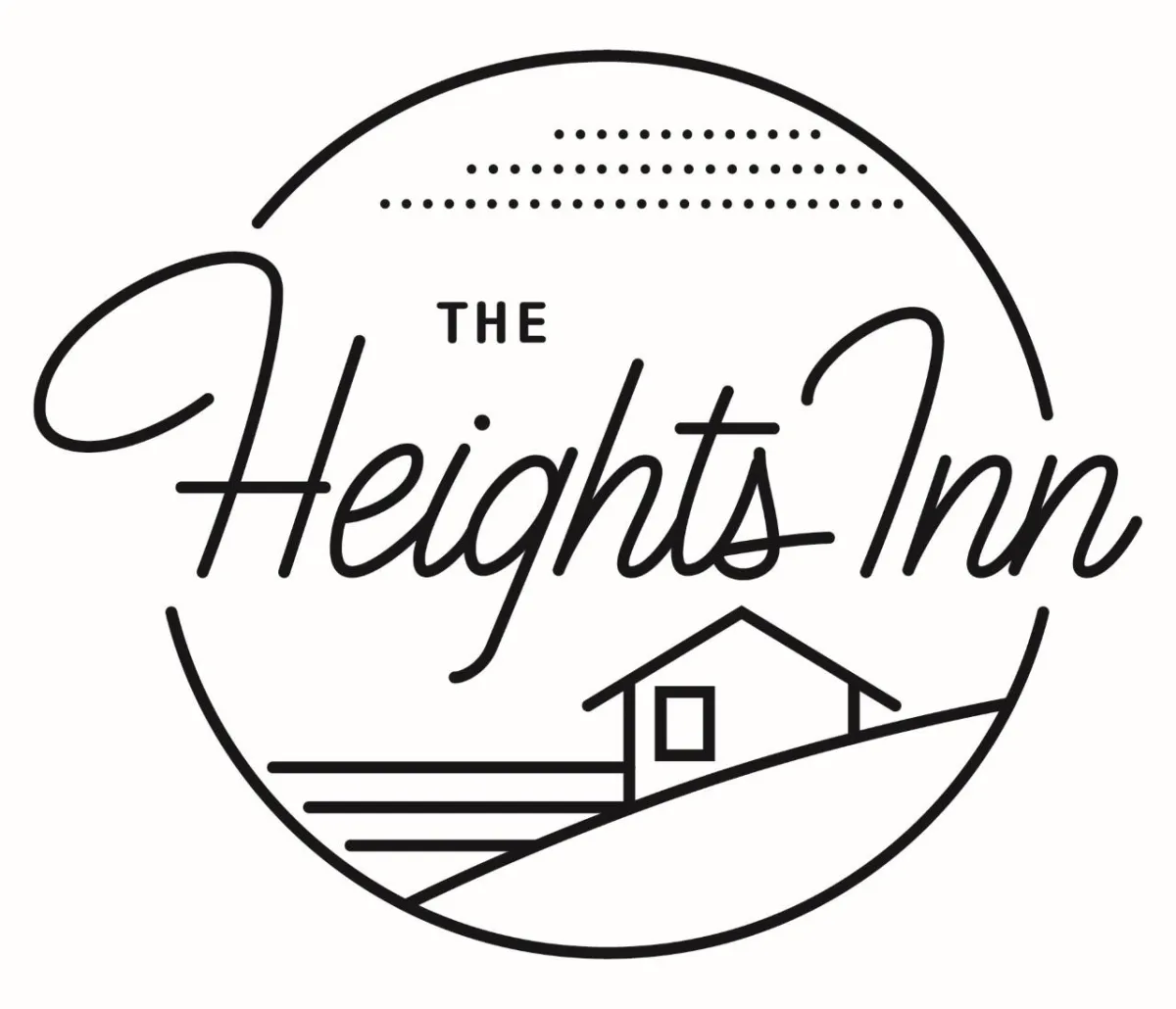
How Assisted Living Ensures the Safety of Seniors
Martha had always prided herself on her independence. At 78, she still enjoyed gardening, volunteering at the local library, and going on daily walks around her neighborhood. However, one rainy afternoon, she tripped over a loose rug in her hallway. She fell, broke her wrist, and couldn’t reach her phone to call for help. Hours passed before her neighbor noticed and rushed to her aid.
That was a wake-up call for her and her family. As much as they valued her autonomy, they knew that her safety couldn’t be compromised. They started exploring safety in assisted living facilities, hoping to find a better way to confirm her well-being while maintaining her dignity. What they explored was that assisted living doesn’t just offer care—it provides the security that allows seniors to live their best lives without the looming fear of falls or emergencies.
The Growing Need for Senior Safety
As people age, the risks associated with independent living increase. According to the Centers for Disease Control and Prevention (CDC), one in four seniors falls each year. And while falls are the most well-known risk, there are many other concerns for elderly individuals living on their own, including medication management, isolation, and home safety.
The majority of seniors want to remain at home for as long as possible, but sometimes, the risks are just too high. Seniors with reduced mobility or chronic health conditions are particularly vulnerable to accidents, making it necessary to consider safer alternatives. Security in senior living communities addresses these vulnerabilities by providing an environment that focuses on safety, security, and accessibility.
Why Falls Are a Major Concern for Seniors
Falls are one of the leading causes of injury and death among older adults. The CDC reports that falls are the number one cause of both non-fatal and fatal injuries for seniors, and the effects of these injuries can be devastating. A fall may not only cause physical harm but also create a fear of falling again, which leads to a decrease in physical activity. This decreased mobility, in turn, weakens muscles and balance, setting off a dangerous cycle.
This is why elderly fall prevention is so crucial. Assisted living communities are designed to combat these risks and provide seniors with a safe, supportive environment that allows them to thrive without constantly worrying about falling.
How Assisted Living Reduces Fall Risks
The goal of assisted living facilities is not to restrict independence but to prevent the risks that come with aging. These communities are purpose-built to minimize fall hazards and provide immediate help when necessary.
Custom-Designed Environments
The layout and design of assisted living facilities play a major role in fall prevention. Most communities are designed with non-slip floors, low thresholds, and wide hallways that accommodate mobility aids. Bathrooms are equipped with grab bars, and shower chairs are available to confirm residents can bathe safely without risk.
Additionally, these facilities often install motion-sensor lights that illuminate rooms and hallways, reducing the risk of falls in low-light environments. The furniture and fixtures are strategically placed to avoid obstacles that could cause tripping or injury.
24/7 On-Site Medical Support
Another key safety feature of assisted living is the round-the-clock availability of staff. In contrast to living at home, where seniors may be isolated for long periods, assisted living communities offer on-site care 24/7. This means that if a fall or injury does occur, help is always nearby.
Whether it’s a medical emergency or a simple request for assistance, the staff at these facilities are trained to respond quickly, ensuring the resident's safety and peace of mind. Additionally, many communities have emergency call systems in every room, allowing residents to summon help immediately if needed.
The Role of Medication Management in Senior Safety
Another significant risk for seniors living independently is the potential for medication errors. Many seniors take multiple medications, and managing them properly can be complex. Forgetting a dose or taking the wrong medication at the wrong time can have serious consequences.
Assisted living facilities often provide medication management services, ensuring that residents take the correct medications at the right times. Staff members are trained to help residents manage their prescriptions, either by administering the medications directly or by setting up reminder systems.
This level of oversight helps prevent dangerous drug interactions, missed doses, and overdosing. It also reduces the stress of having to remember complex medication schedules, providing peace of mind to both seniors and their families.
Security in Senior Living Communities: Peace of Mind for Families
Security is another critical aspect of senior living that families often consider when choosing a living arrangement for their loved ones. Assisted living communities are designed to provide both physical security and emotional reassurance.
Secured Access and Surveillance
Many senior living communities have restricted access points, requiring visitors to sign in and be escorted by staff members. Surveillance cameras are often placed in common areas to confirm that only authorized individuals are on the premises. This provides an added layer of security and helps prevent potential issues related to theft or unauthorized access.
Emergency Preparedness
Assisted living communities are also prepared for emergencies. Whether it’s a medical emergency, a fire, or a natural disaster, these communities have comprehensive emergency plans in place. Staff members are trained to handle situations, ensuring that residents are safe and taken care of no matter what happens.
How Assisted Living Supports Emotional Well-being
While physical safety is a primary concern, emotional and mental health are equally important. Isolation can hurt a senior’s mental health, leading to depression, anxiety, and cognitive decline. Assisted living communities foster a sense of community and encourage social interaction, which is essential for emotional well-being.
Social activities, group meals, and outings are just some of the ways that these communities keep seniors engaged and connected. By maintaining a vibrant, active lifestyle, residents not only improve their physical health but also their cognitive and emotional health. Senior living fosters friendships and support networks that reduce loneliness and improve the overall quality of life.
Assisted Living Checklist: What to Look for in a Safe Community
Choosing the right assisted living facility is crucial for ensuring the safety and well-being of your loved ones. Here’s a helpful assisted living checklist to guide you in evaluating the safety features of a community:
Staff-to-resident ratio: Is there enough staff to provide personalized care and attention?
Safety features: Are the living spaces designed with fall prevention in mind (e.g., grab bars, non-slip floors)?
Emergency preparedness: Does the facility have a clear plan in case of emergencies like fires or medical crises?
Medical support: Is medical care available on-site 24/7, or are emergency services readily accessible?
Security measures: Are there secure entry points, surveillance cameras, and staff monitoring?
Assisted Living: A Long-Term Solution for Senior Safety
As seniors age, their needs evolve. What worked well for them in their younger years—living independently in their own homes—might no longer be the safest or most effective option. Assisted living offers a long-term solution that adapts to these changing needs.
These communities provide specialized care, continuous monitoring, and a secure environment, protecting seniors physically while fostering social engagement and emotional well-being.
Conclusion: A Safer Future for Seniors
Safety doesn’t just mean protection from accidents—it means fostering an environment where seniors can continue to live fulfilling, independent lives without fear. Assisted living offers a comprehensive approach to safety, providing secure environments, fall prevention strategies, and continuous support from trained staff. These communities allow seniors to age in place while maintaining their dignity, independence, and peace of mind.
If you’re considering senior living options for a loved one, schedule your visit today to see how an assisted living community can transform their safety and well-being.
FAQs
What makes assisted living safer than staying at home?
Assisted living offers round-the-clock care, specialized safety features, and immediate access to medical staff, reducing risks like falls and medication errors.
How do assisted living communities prevent falls?
These communities use non-slip flooring, grab bars, and motion-sensor lighting and provide regular wellness checks to reduce fall risks and promote mobility.
Is security a major concern in senior living communities?
Yes, security is a top priority. Most communities have secured entrances, surveillance cameras, and staff monitoring to confirm the safety of residents.
Can seniors still have independence in assisted living?
Yes, assisted living improves independence by offering safety and support without compromising the senior's ability to engage in personal activities and make decisions.
What should I look for when choosing an assisted living facility?
When selecting a facility, consider the staff-to-resident ratio, safety features, emergency preparedness, available medical care, and security measures.

Facebook
Instagram